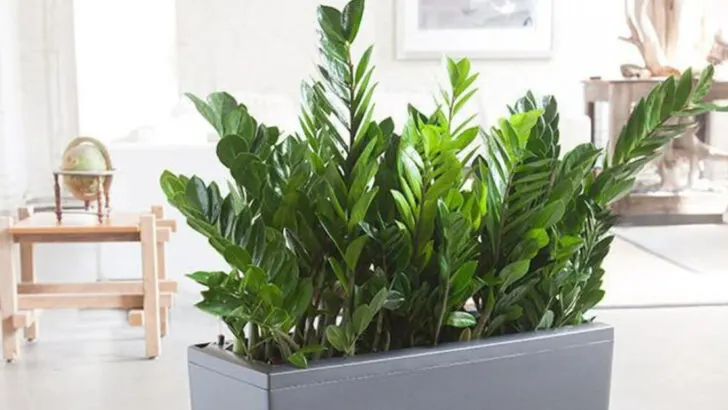If patience isn’t your thing, you’re not alone. There’s something incredibly satisfying about watching your home transform into a lush jungle—fast. At Plantisima, we get it: you want greenery that doesn’t take months (or years) to show off. The good news? Plenty of plants grow quickly, spreading leaves and good vibes almost as soon as you bring them home.
In this article, we’re highlighting 20 of the fastest-growing houseplants that thrive with basic care and deliver major visual payoff. From climbing vines like pothos to bushy wonders like coleus and tall growers like fatsia japonica, these plants are ideal for impatient plant parents, dramatic shelf styling, or filling that awkward empty corner—pronto.
To our Plantisima readers dreaming of that “full jungle” look without the wait—this is your go-to list. Because with the right choices, you don’t have to wait years for your indoor garden to explode. Growth can happen fast—just like your plant obsession.
Spider Plant
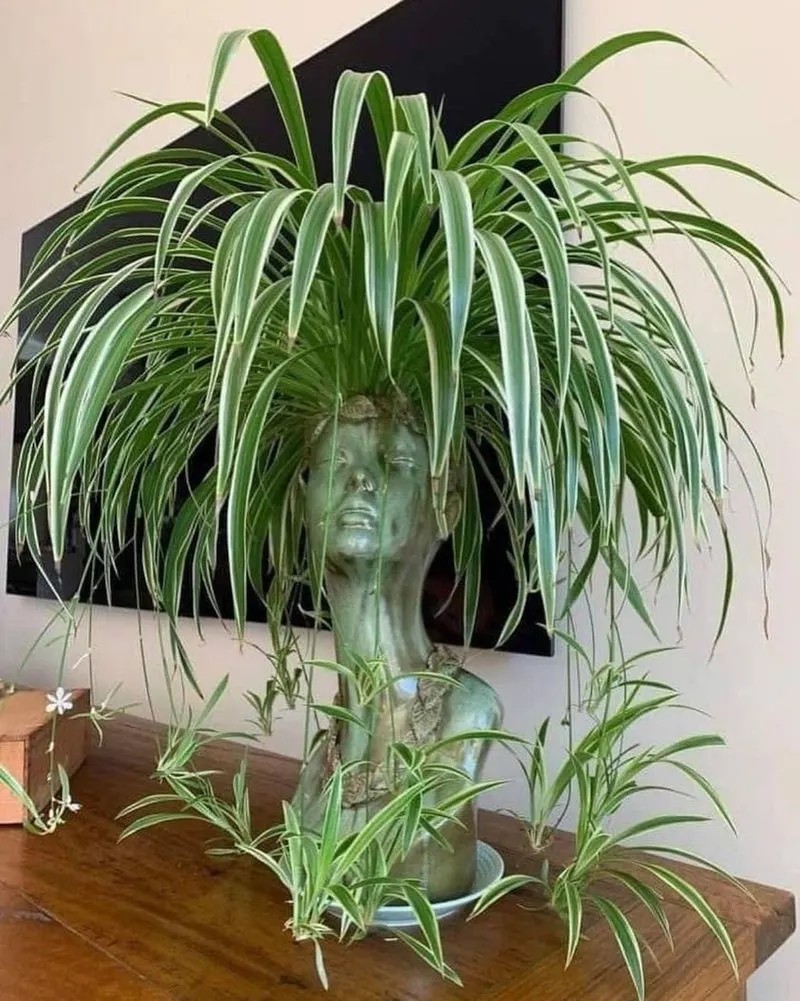
Imagine a cascade of green arching elegantly from a central rosette. Renowned for its rapid growth, the spider plant is a marvel of nature. Within weeks, it can transform a bare corner with its sprawling leaves. Perfect for beginners, it thrives in indirect sunlight. Spider plants are also known to improve indoor air quality. This plant is not just about speed; it’s about making a statement. A fun fact: it’s often passed down through generations, carrying stories with each new shoot. It’s both a family heirloom and a lively home companion.
Pothos
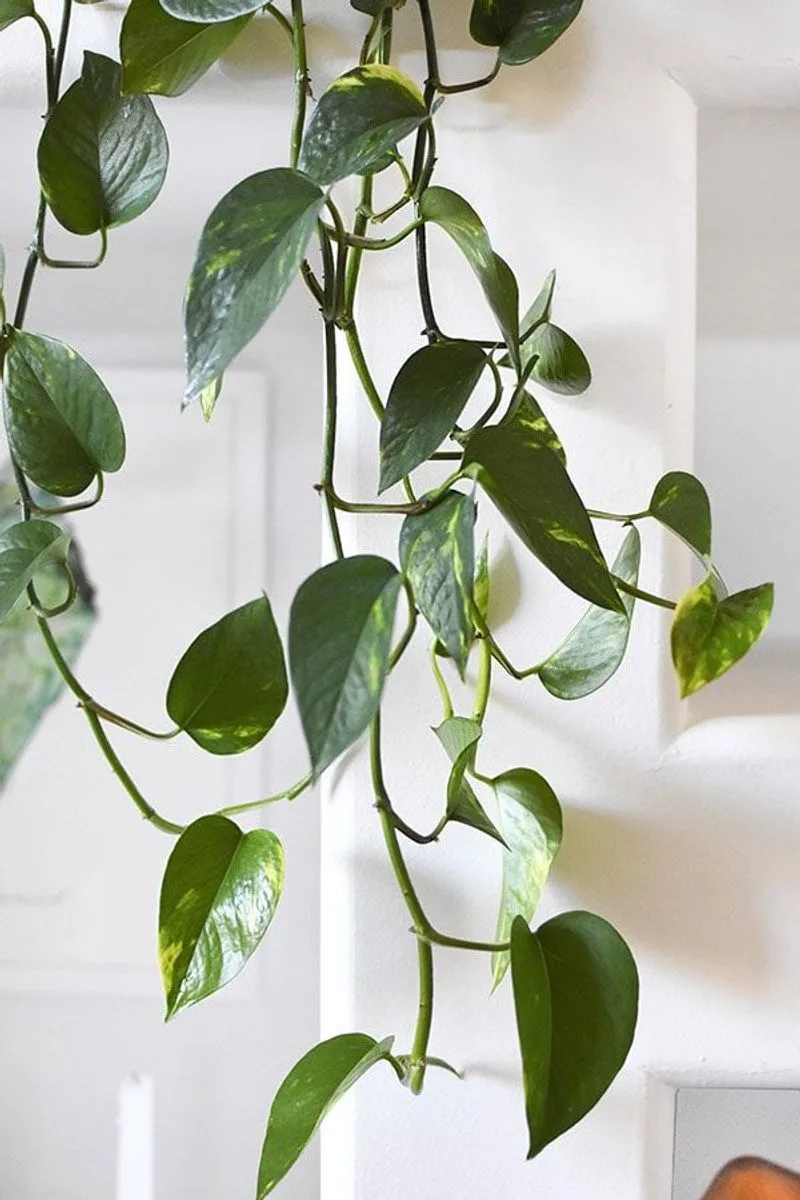
With its heart-shaped leaves and trailing vines, pothos quickly becomes a favorite. It’s one of those plants that forgive neglect. Even in low light, it grows vigorously, making it ideal for office spaces or dimly lit rooms. Its air-purifying qualities add to its appeal. You might start with a small cutting, but soon it’ll weave its way around furniture, adding character to your decor. Known to bring good fortune, pothos plants are a harmonious blend of beauty and resilience. Its journey from a single vine to a lush green tapestry is truly mesmerizing.
Bamboo Palm
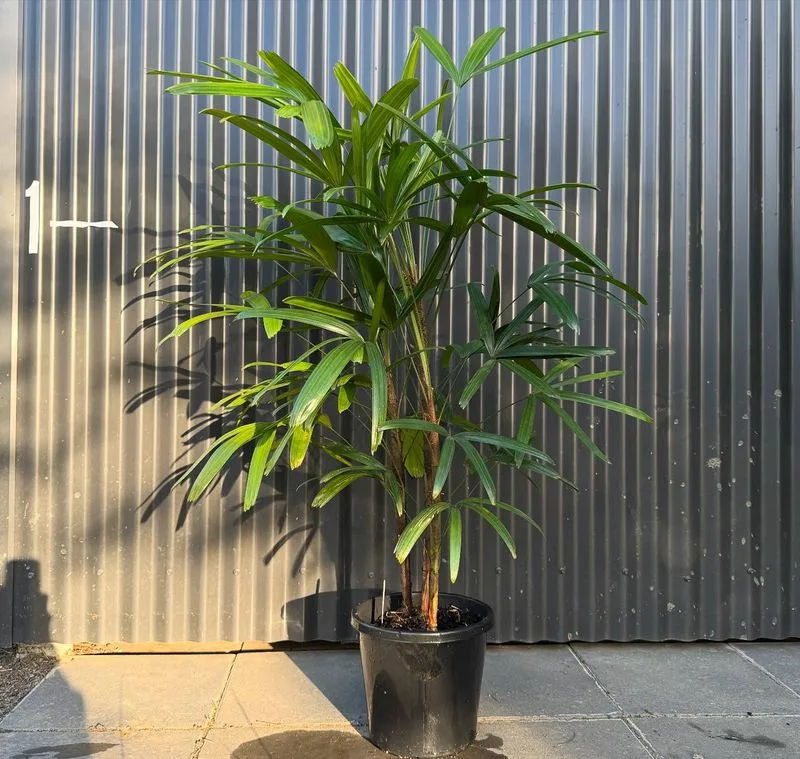
For a touch of the tropics, look no further than the bamboo palm. This plant grows in clusters, its slender stalks reaching upwards like nature’s skyscrapers. It’s not just about aesthetics—bamboo palms are effective at removing toxins from the air. They thrive with minimal care, appreciating a spot with filtered sunlight. As it stretches towards the ceiling, the bamboo palm adds vertical interest. Its grace and simplicity make it a staple in modern interiors. Interestingly, ancient cultures revered it for its ability to bring prosperity.
Snake Plant
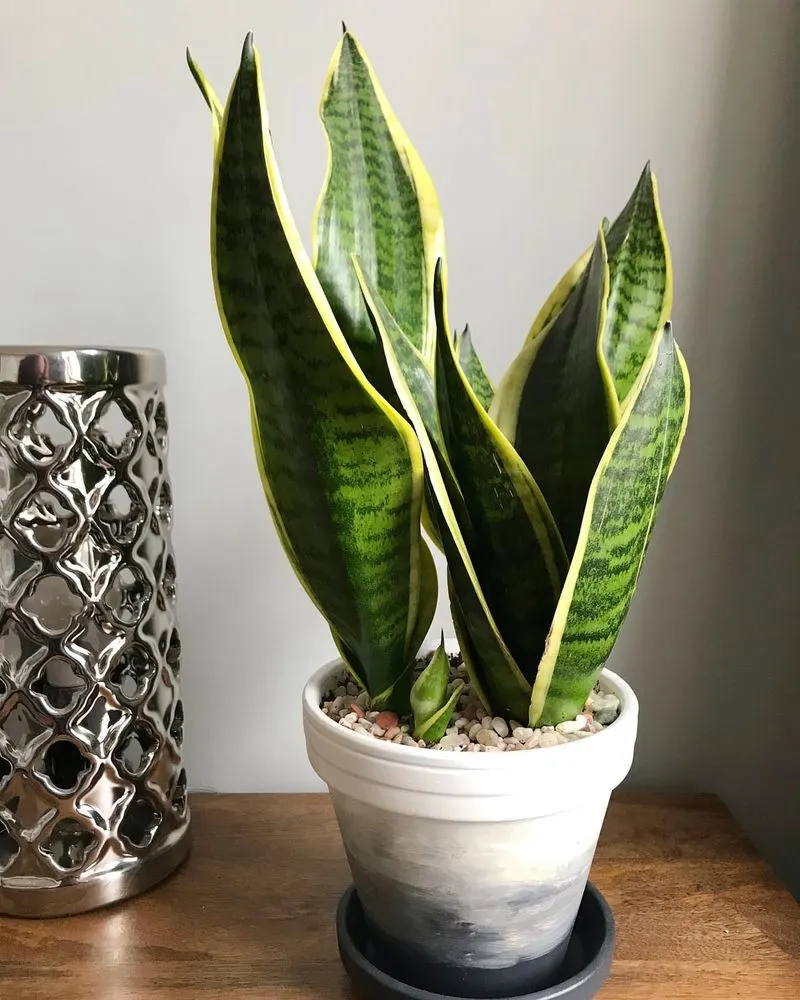
Standing tall with its sword-like leaves, the snake plant commands attention. Known for its hardiness, it thrives in almost any condition, making it perfect for those with a busy lifestyle. As it grows, it improves the air quality by absorbing toxins. Each new leaf emerges with a promise of growth and resilience. Interestingly, it’s also known as the “mother-in-law’s tongue” due to its pointed leaves. This plant is more than just decor; it’s a silent guardian of your living space, working tirelessly to make your home a healthier place.
ZZ Plant
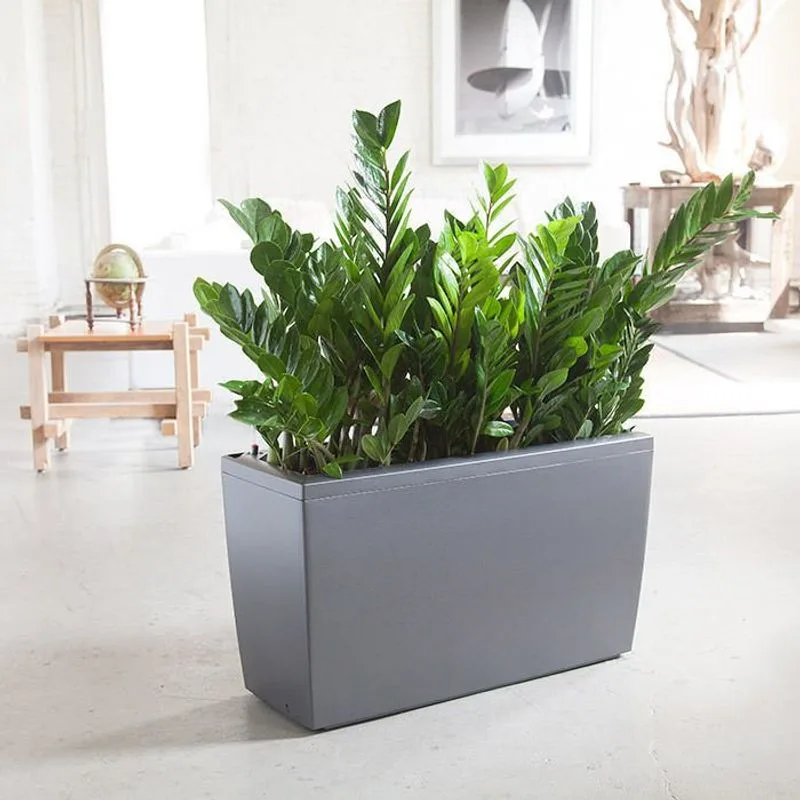
The ZZ plant is the epitome of low-maintenance elegance. Its shiny, oval leaves are not just visually appealing—they reflect light, adding brightness to any room. This plant grows steadily, requiring little more than occasional watering. Even with neglect, it continues to thrive. The ZZ plant’s origins trace back to Africa, where it has adapted to survive in arid conditions. Its resilience makes it a popular choice for new plant parents. It’s not just a plant, but a testament to enduring beauty and strength. A true survivor in any home environment.
Peace Lily
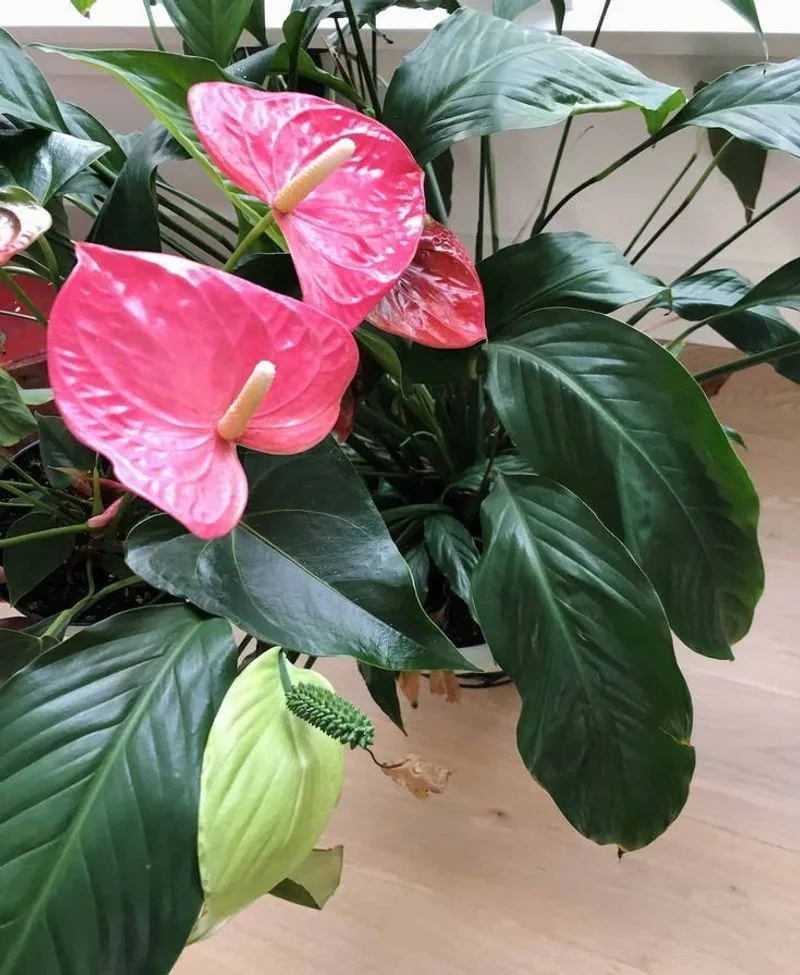
Known for its elegant white blooms, the peace lily is a favorite among indoor plant enthusiasts. It thrives in low light and helps to purify the air, making it a smart choice for bedrooms. The peace lily’s flowers emerge gracefully, adding a touch of serenity. Despite its delicate appearance, it is surprisingly robust. Watering once a week is usually sufficient to keep it happy. This plant is not just about tranquility; it’s a symbol of peace and prosperity. It’s a reminder that beauty often flourishes in simplicity.
Fiddle Leaf Fig
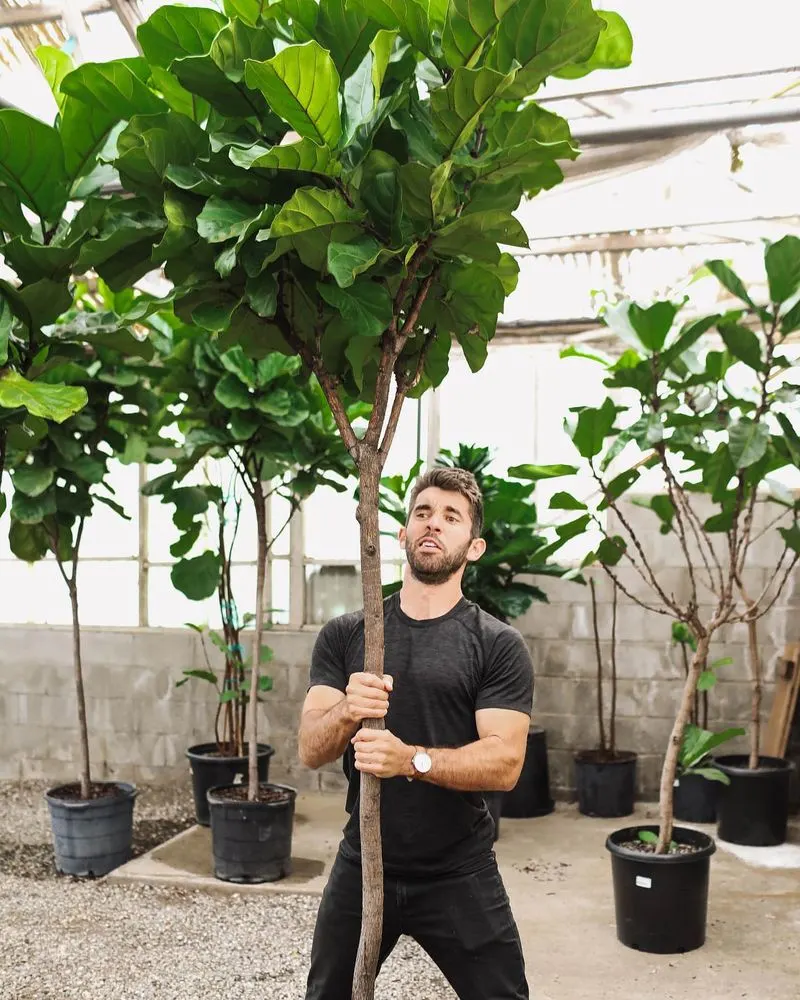
The fiddle leaf fig is the darling of interior designers everywhere. Its large, violin-shaped leaves create a bold statement in any room. With the right conditions, it grows swiftly, reaching impressive heights. While it prefers bright, indirect sunlight, it’s relatively low maintenance. This plant is more than just a trend; it’s a symbol of modern sophistication. Its origins are rooted in the rainforests of Africa, where it towers over the forest floor. Bringing a piece of that majestic environment into your home can elevate your space.
Aloe Vera
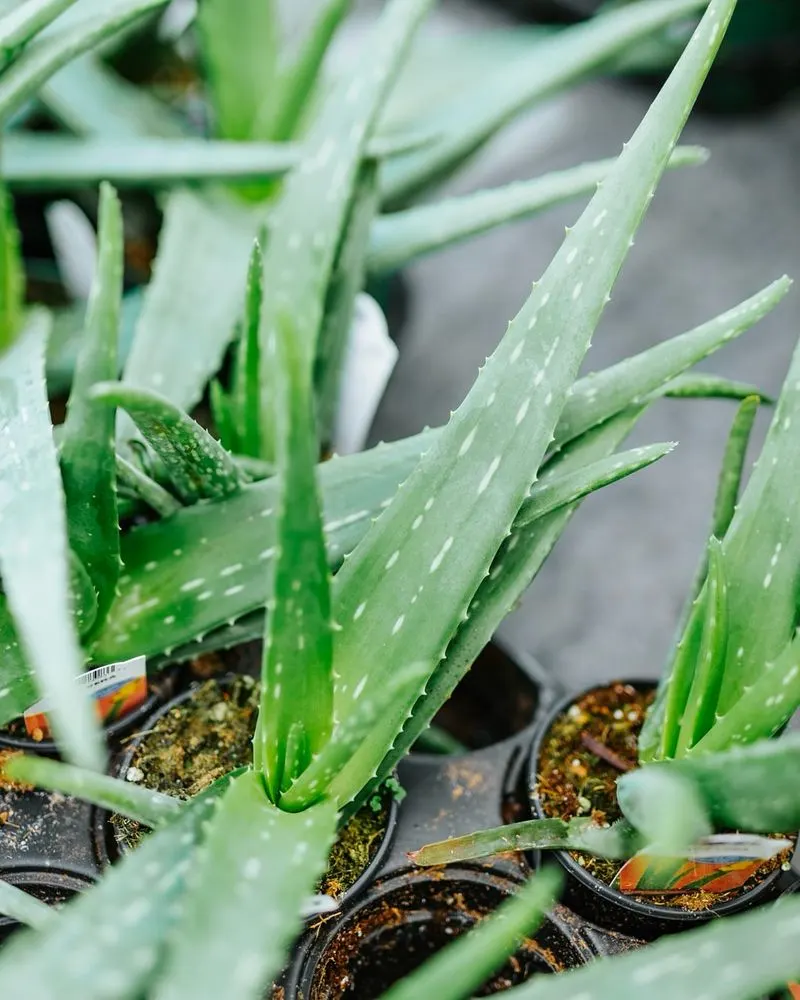
Not just a healing remedy, aloe vera is a visual delight. Its fleshy leaves grow in a rosette, creating a striking silhouette. Known for its rapid growth, especially when given ample sunlight, aloe vera is a staple in sunny kitchens. Its gel is famous for soothing burns and skin irritations, making it a practical addition to any home. Beyond its health benefits, this plant is an easy keeper, thriving on occasional watering. Aloe vera stands as a testament to nature’s ability to blend beauty with utility, thriving in its sunlit home.
Philodendron
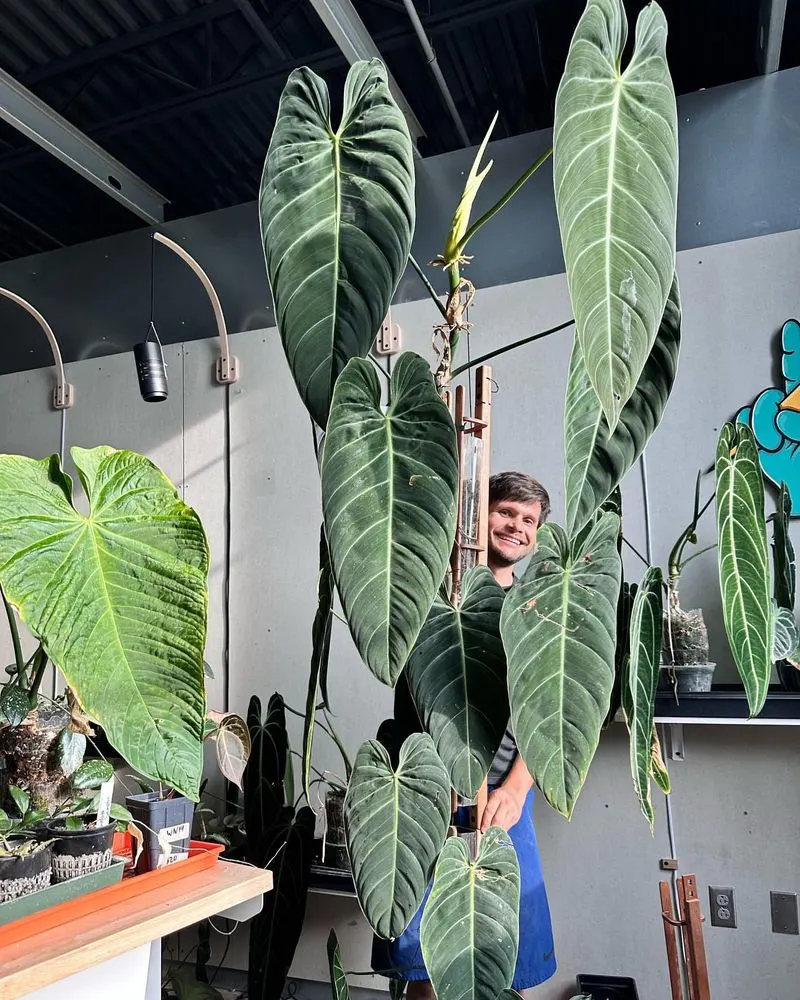
Philodendrons are the quintessential houseplants. Their heart-shaped leaves add a touch of nature’s charm to any setting. These plants are known for their vigorous growth, often climbing and trailing beautifully. They adapt well to different light conditions, making them versatile décor companions. A philodendron’s lush foliage can turn any corner into a vibrant green nook. Historically, these plants have been revered for their ornamental value. Bringing one into your home is like inviting a piece of the rainforest indoors, where it can thrive with minimal care.
Rubber Plant
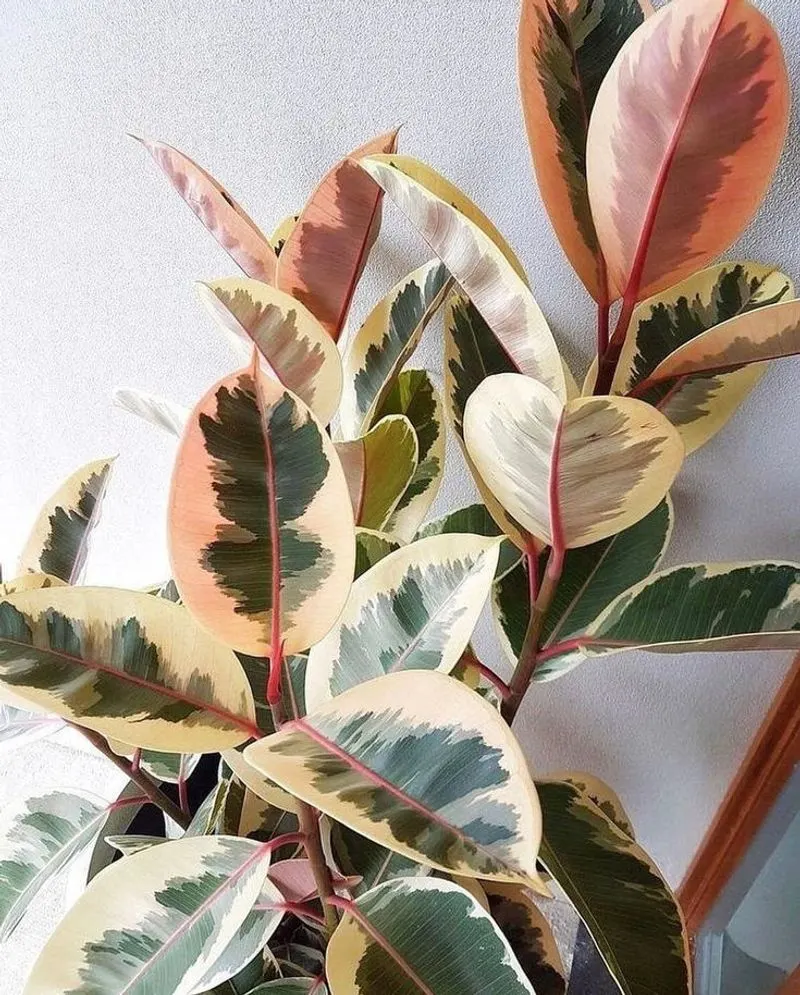
With its thick, glossy leaves, the rubber plant is a statement of bold simplicity. It’s known for its robust nature and can grow quite tall under the right conditions. While it thrives in bright, indirect light, it can adapt to lower light environments. This adaptability makes it a favorite in many homes. In its native habitat, it is a towering presence, but indoors, it brings a touch of that grandeur on a smaller scale. Caring for a rubber plant is straightforward, and its air-purifying properties are an added bonus.
Boston Fern
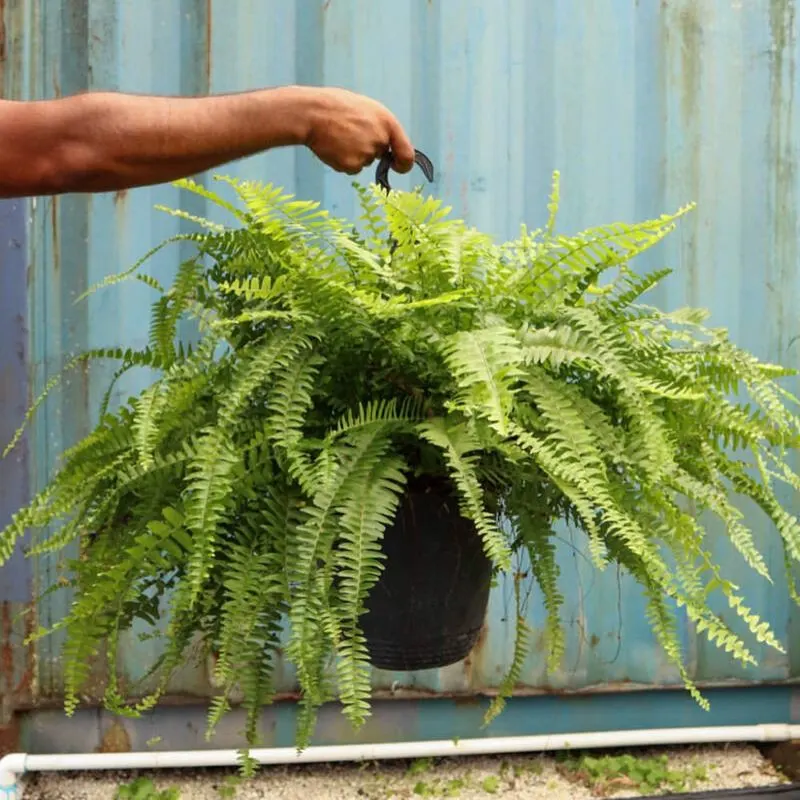
The Boston fern, with its feathery fronds, is a timeless classic. Its vibrant green leaves create a soft, cascading effect, perfect for hanging baskets. This plant loves humidity and indirect sunlight, making it ideal for bathrooms or kitchens. Its rapid growth fills spaces with a touch of nature’s whimsy. Despite its delicate appearance, it’s quite resilient. Regular misting keeps it looking its best. Historically, ferns are among the oldest plants, and Boston ferns bring that ancient charm into modern homes, bridging past and present beautifully.
Swiss Cheese Plant
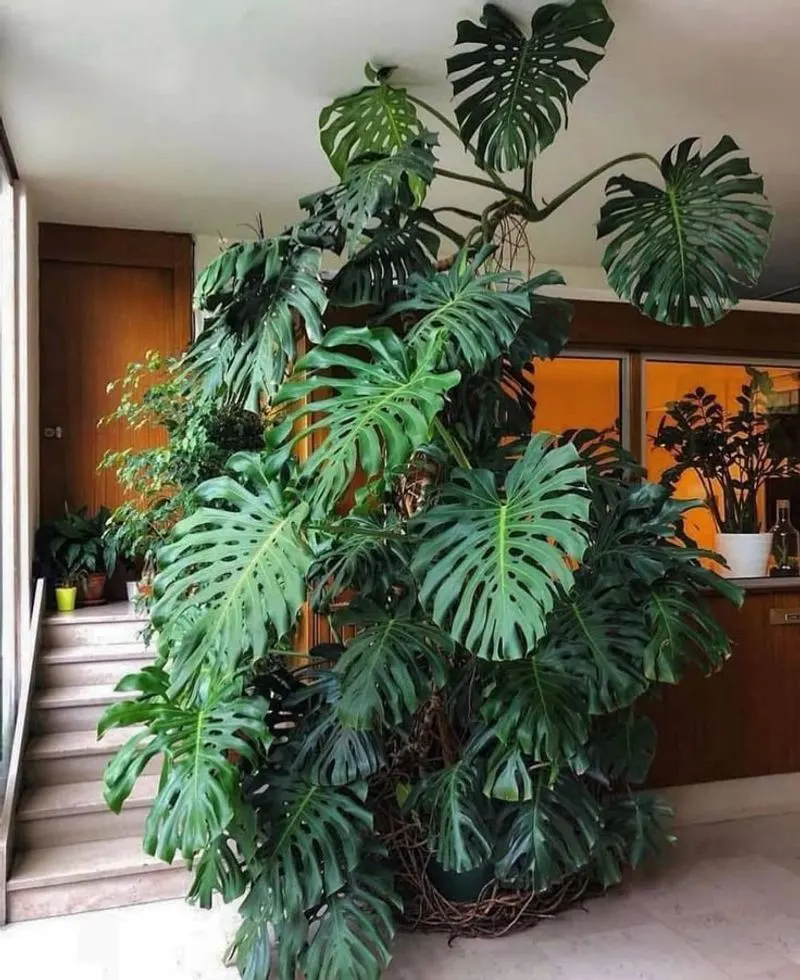
Famed for its unique split leaves, the Swiss Cheese plant is an icon of modern interior design. Its rapid growth can quickly fill a space, lending an exotic feel. This plant is adaptable, thriving in both indirect sunlight and more shaded areas. Its distinctive foliage pattern adds visual interest and depth. Originating from the tropical forests of Central America, it embodies the wild beauty of the jungle. The Swiss Cheese plant is not just an ornamental delight but a nod to the diversity of nature’s creations.
Creeping Fig
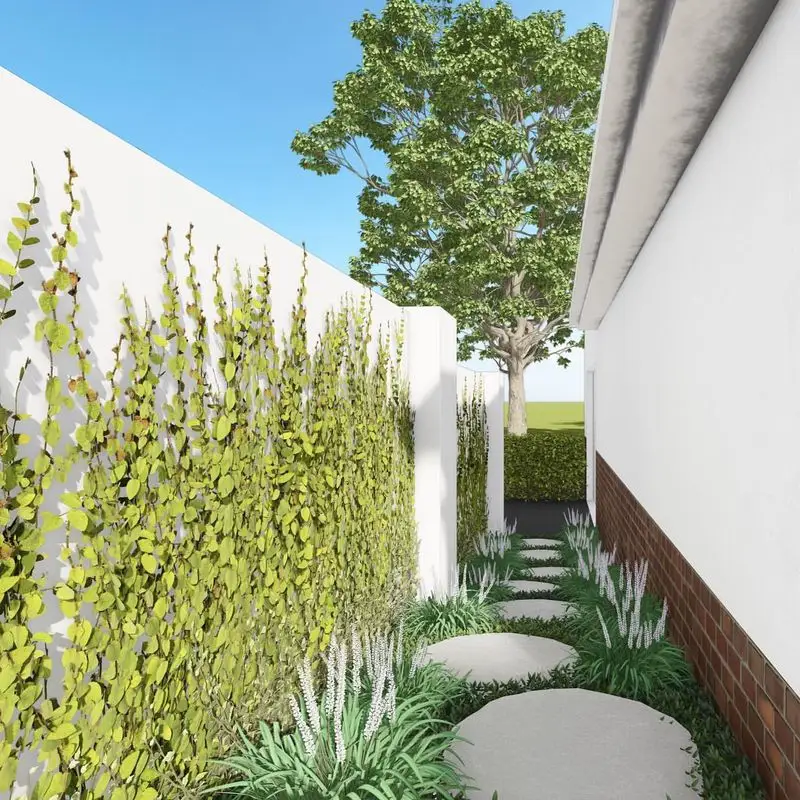
Creeping fig is the artist of the plant world, turning walls into living canvases. Its small, heart-shaped leaves cling tightly to surfaces, creating a lush, green tapestry. Fast-growing and versatile, it can climb walls or cascade down pots, adapting to its environment. This plant thrives in bright, indirect light, making it perfect for accentuating architectural features. Its ability to cover large areas quickly is unmatched. Historically, creeping figs have been used in landscape design for centuries, proving their timeless appeal and capacity for transformation.
Cast Iron Plant
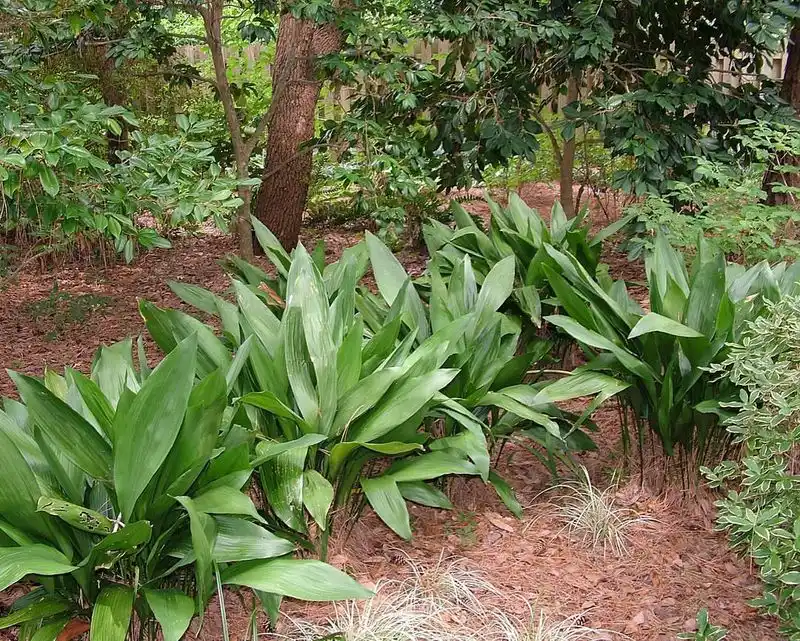
True to its name, the cast iron plant is a beacon of resilience. Its wide, dark green leaves are a testament to its robust nature. Perfect for dimly lit spaces, it thrives where others falter. This plant’s slow but steady growth makes it a reliable choice for those who want greenery without much fuss. Often found in Victorian parlors, it has been a staple in homes for generations. Its ability to withstand neglect makes it an enduring favorite, proving that beauty can indeed be resilient and unfussy.
Umbrella Plant
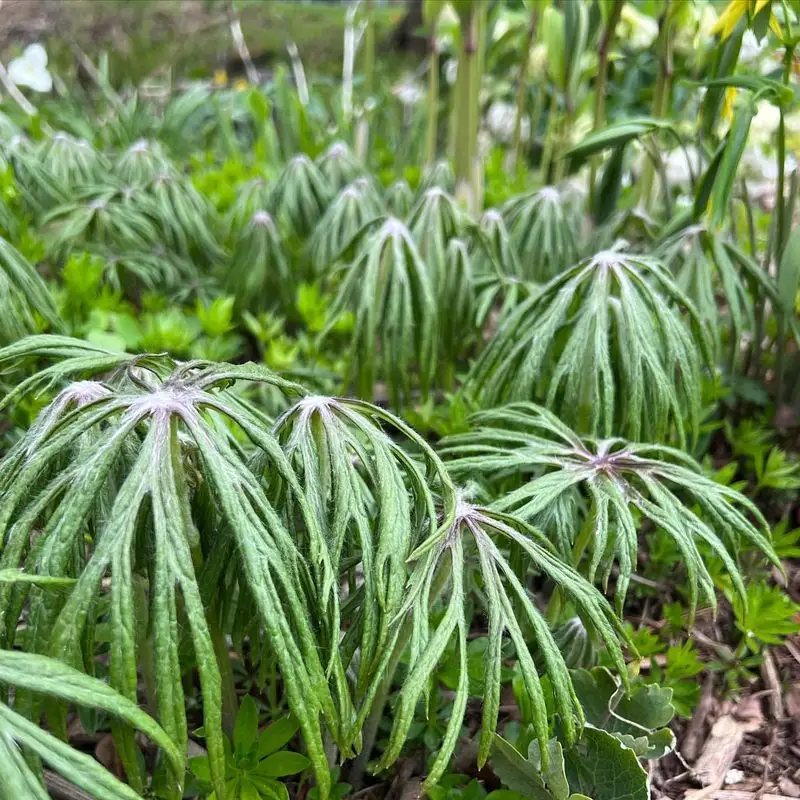
The umbrella plant brightens any room with its distinctive leaf arrangement, reminiscent of an open umbrella. It grows quickly under the right conditions, preferring bright, indirect light and regular watering. This plant brings an element of playfulness to interiors, with its whimsical structure. It’s not just an indoor favorite; in warmer climates, it thrives outdoors as well. Known for its adaptability, the umbrella plant can turn any space into a lively garden corner. Its cheerful disposition makes it a delightful housemate, exuding charm and grace.
Chinese Evergreen
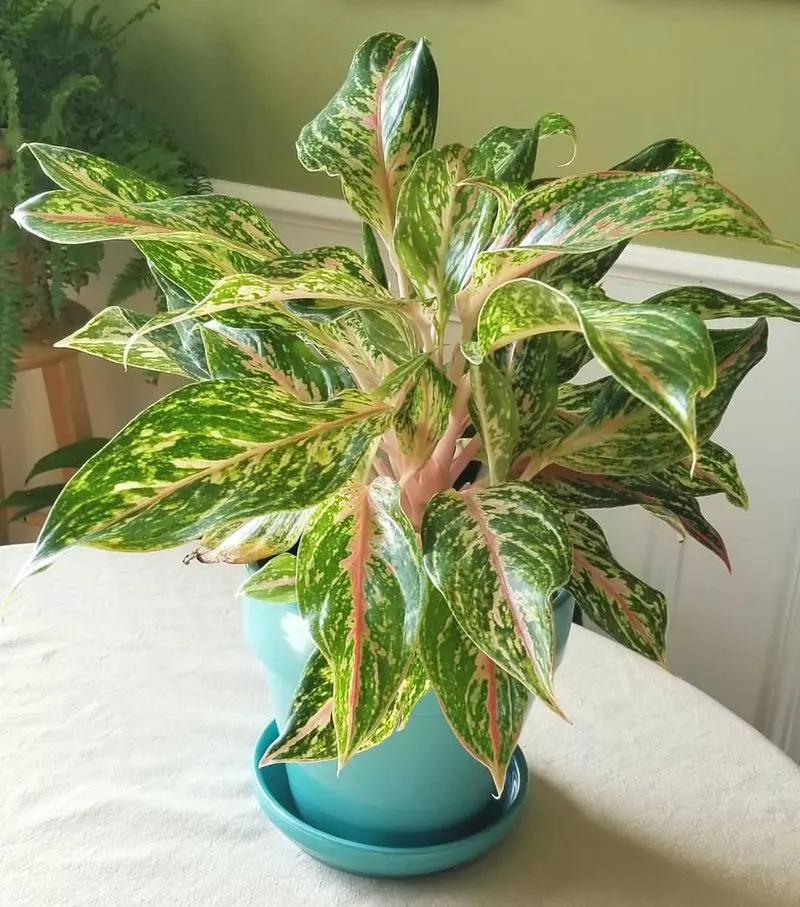
The Chinese evergreen is a testament to versatility, with its variegated leaves adding a splash of color to any room. Known for its slow yet steady growth, it’s ideal for those who appreciate gradual change. This plant thrives in low light and requires minimal care, making it perfect for busy lifestyles. Its elegance is understated but unmistakable. The Chinese evergreen has been cultivated for centuries, admired for its beauty and resilience. Bringing one into your home is like adding a touch of history wrapped in a cloak of modern charm.
Dracaena
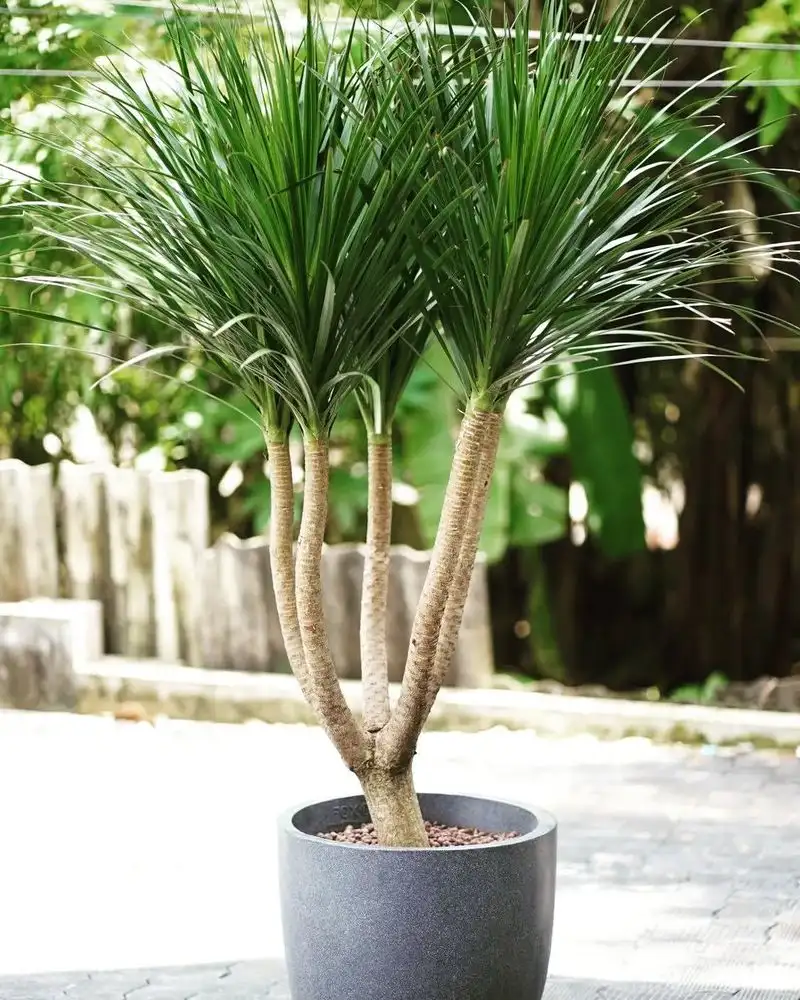
Dracaena plants are a study in architectural elegance, with their slender leaves arching gracefully from sturdy stalks. They thrive with little attention, making them a favorite for busy households. This plant adapts well to various light conditions, though it flourishes best with indirect sunlight. Its air-purifying qualities are a bonus, improving the ambience of any space. The dracaena is more than a decorative element; it’s a beacon of simplicity and style. Its presence brings a touch of the exotic, reminiscent of its tropical origins.
Jade Plant
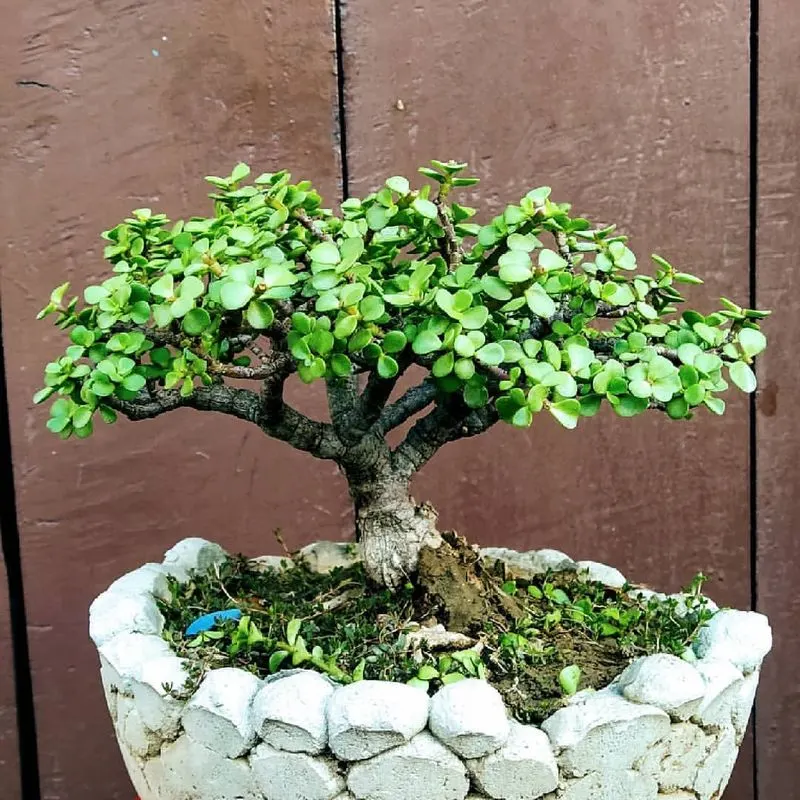
Symbolizing prosperity and good luck, the jade plant is a cherished member of the succulent family. Its thick, oval leaves grow steadily, forming a small, tree-like structure. Preferring bright light, it’s perfect for sunny windowsills. This plant is low-maintenance, requiring only occasional watering. The jade plant’s enduring appeal lies in its simplicity and the ease with which it integrates into any home. It carries a sense of timelessness, linking past traditions with modern living. A jade plant isn’t just decor; it’s a piece of living history.
English Ivy
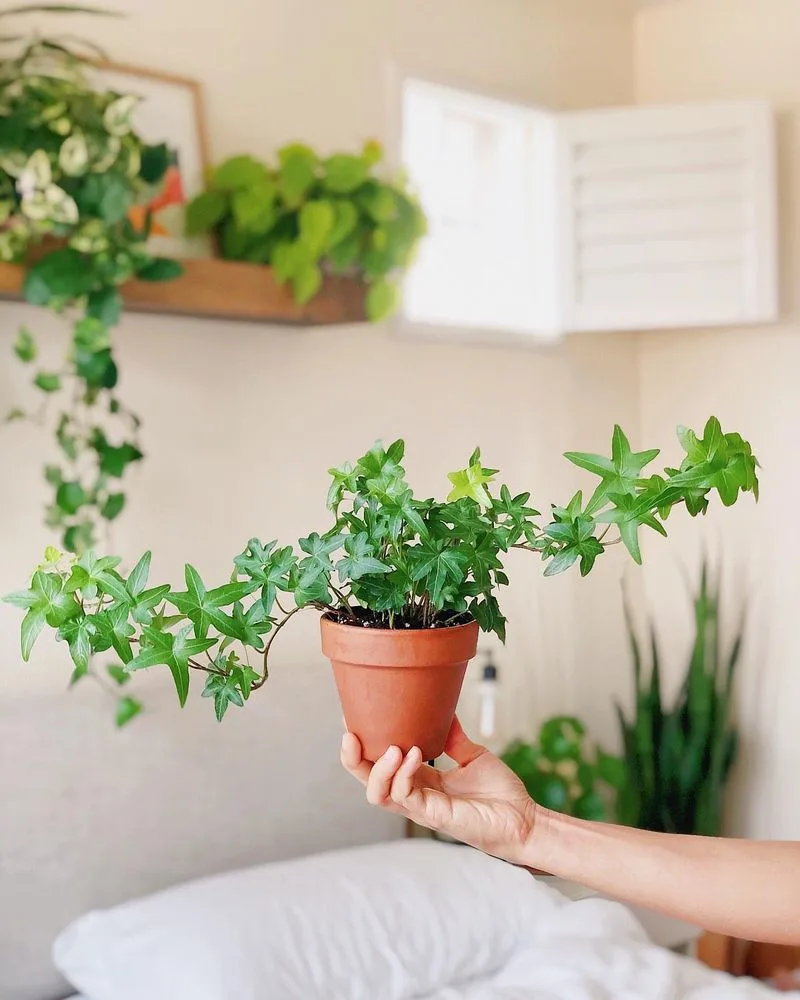
English ivy is the quintessential climber, known for draping elegantly over edges and surfaces. Its rapid growth makes it a favorite for creating green walls or trailing cascades from baskets. This plant prefers indirect sunlight, thriving in both bright and shady spots. Its lush, dense foliage can transform any space into a verdant retreat. Historically, ivy has been a symbol of fidelity and eternity. Bringing English ivy into your home adds a touch of classic beauty and a hint of romanticism, echoing gardens of old.
Asparagus Fern
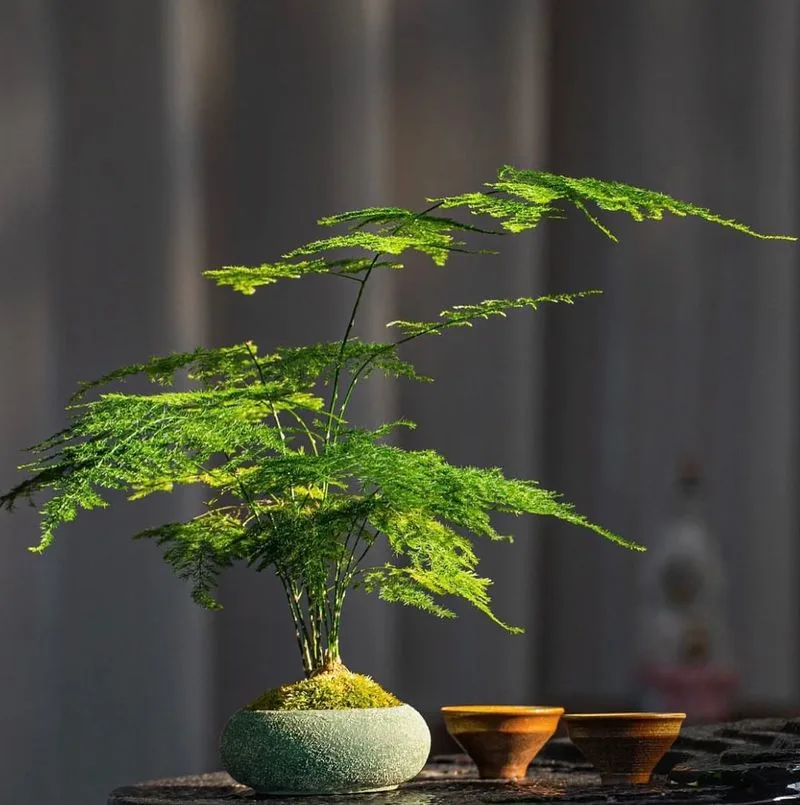
Despite its name, the asparagus fern isn’t a true fern, but its delicate foliage is undeniably fern-like. This plant brings a touch of whimsy with its light, feathery texture. It grows rapidly, making it ideal for filling empty spaces with green charm. Preferring indirect light and occasional misting, it’s well-suited for indoor gardens. The asparagus fern’s airy appearance belies its resilience. Historically, it has been cherished for its ornamental value, adding a gentle touch to any décor. It’s a plant that embodies grace and subtlety.

